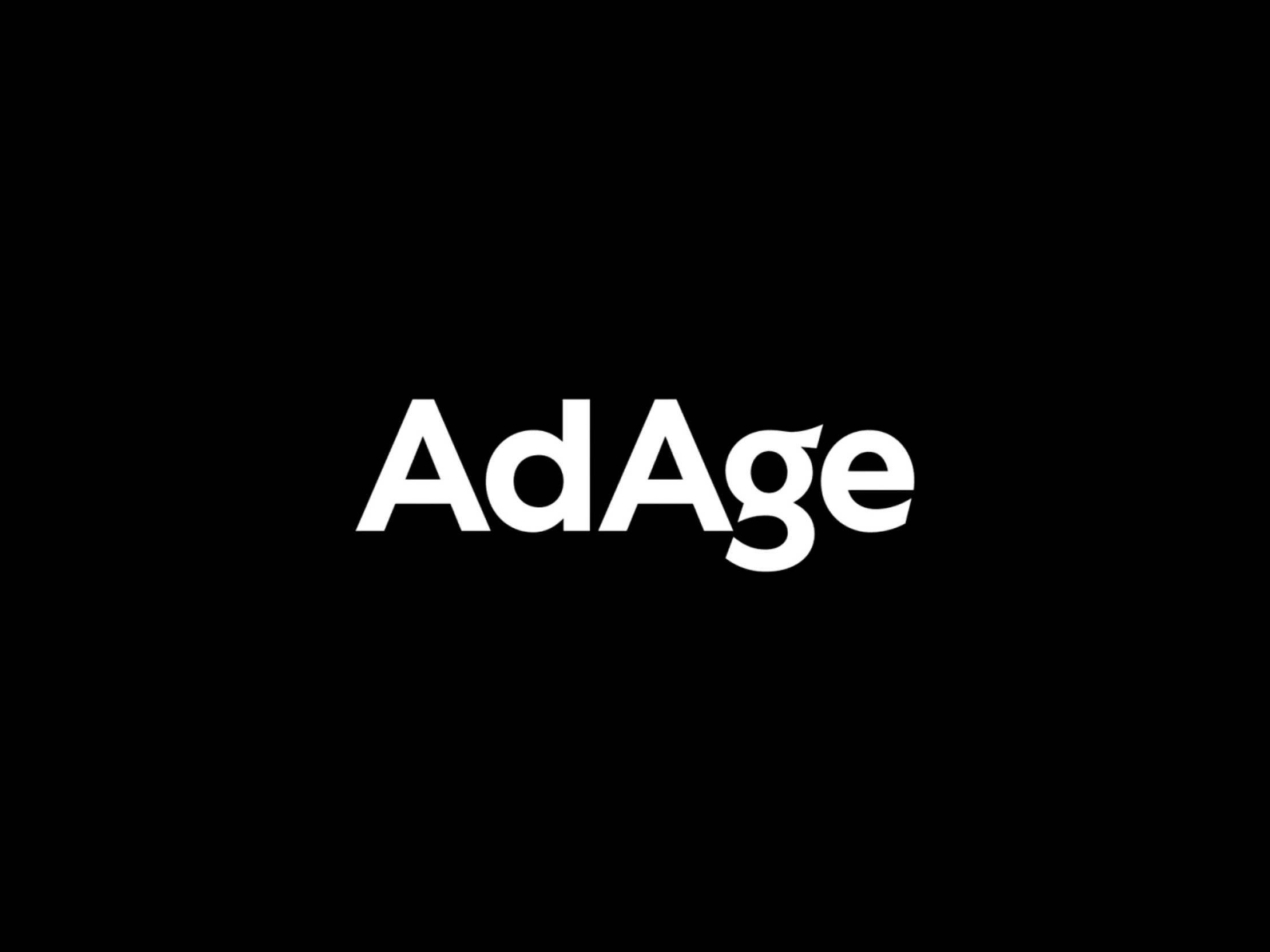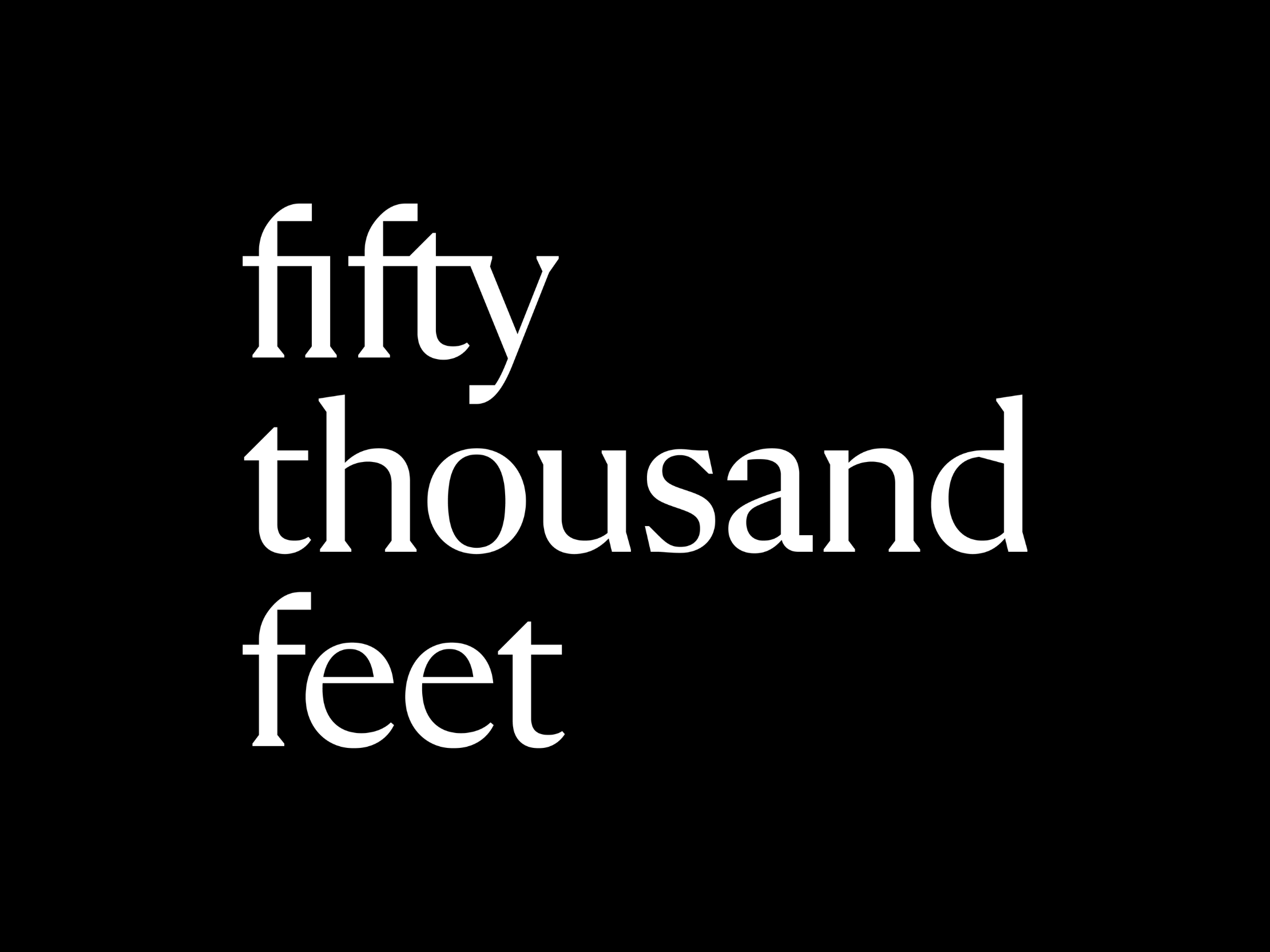
Fifty Thousand Feet and Erie Street on brand transformation
November 2, 2023 / 7 min read

Jim Misener, Fifty Thousand Feet CEO, recently spoke with Tari Haro, Erie Street Chief Growth Officer about the lasting business value of digitally enabled brand transformation. Erie Street is a private investment firm that partners with founders, management teams and family office investors to unlock next-level growth. Fifty Thousand Feet began a partnership with Erie Street in June 2023 to support the strategic expansion of Fifty Thousand Feet's offerings, operational infrastructure and geographic footprint as we work to meet increasing client demand for brand transformation.
Decoding Disruption: Brand Transformation in a Digitally Transformed World: By Tari Haro
For the past few decades, market-leading businesses have turned digital disruption into fundamental business transformation that completely changes how they engage with their stakeholders — from employees and partners to clients and shareholders. When a business makes such a fundamental change in its approach to connecting and creating relationships, it must also revisit what it stands for and how it shows up — in other words, reconsider its brand.
As businesses look to the challenges, and the opportunities, of digital transformation, many organizations are re-prioritizing brand initiatives to achieve true business transformation in a digitally transformed world. Enter Fifty Thousand Feet—a leading independent strategic brand consultancy and creative agency, as well as Erie Street’s newest partner company.
I sat down with Jim Misener, the CEO of Fifty Thousand Feet, to learn more about how digital disruption is creating opportunities and challenges for brands — as well as demand for brand transformation. Jim and the Fifty Thousand Feet team are at the forefront of this big shift, working with clients like BCG and MasterCard, who are transforming their brands to create business impact that leads to enterprise value.
How do you define brand transformation? What is the strategic business value of brand and creative work today?
Brand transformation is not just about changing the logo or the slogan — it’s about creating a new identity that reflects the values, vision, and purpose of the organization to deliver impact.
At Fifty Thousand Feet, we are driving brand transformation in partnership with our clients, in strategic, comprehensive, and orchestrated ways that span brand identity and positioning, as well as how brands create meaningful and relevant experiences across the journey. While businesses have an opportunity to direct and guide their brand, a brand transformation is about creating new meaning in what a brand stands for and unlocking new ways to drive value — for both consumers and businesses. Brand transformation can also help organizations differentiate themselves from their competitors, by looking at things differently, connecting the same sets of tools differently, and using creativity to solve challenges and create value. In other words, great ideas lead to transformative action that delivers sustainable impact.
Because a vast majority of businesses have already implemented digital transformation initiatives, their focus is changing. Businesses — or more specifically, their brands — are shifting to deepen connections with the digitally native cultures and communities they have grown. Now, businesses and brands are leveraging their digital investment to realize even greater returns — and show up in new and more meaningful ways — through strategic brand transformation.
To support the digital transformation of their organizations, the most successful businesses and brands are leading brand transformations that keep pace with the dynamics of their industries and the expectations, as well as the habits and behaviors of their customers and consumers.
What role can brand transformation play in moments of disruption?
Brand transformation can play a vital role in moments of disruption, as it helps organizations adapt to changing markets, audience needs, and industry dynamics. Brand transformation can also drive other types of transformative change. Once you redefine your identity — what you stand for — you may need to take a closer look at all your services and markets as well as those you do not provide in order to ensure that the work you aspire to take on reflects what you stand for.
Brand transformation is not a one-time event, but a continuous process that requires constant evaluation and evolution. Brand transformation can help organizations navigate through moments of disruption, by being agile, responsive, and innovative. Brand transformation can also help organizations prepare for the future, by being visionary, ambitious, and courageous. Brand transformation is not only about changing how an organization looks, but also about changing how an organization thinks, acts, and interacts.
How does brand play a part in an increasingly globalized world?
In an increasingly globalized world, there’s a greater need for powerful connection with audiences on a local level. Your core brand anchors your identity at a global level, but how you actually build an emotional connection with customers in India may differ radically with how you do that with customers in Germany. The trick is to be present in ways that are in line with your brand and what you stand for, as well as meet the needs of people to make a brand-to-human (B2H) connection that resonates with people.
What are the benefits to focusing on brand in “harder” industries like tech and finance?
All businesses have the same challenge no matter what industry they are in: building a trusted relationship with people, whether it be employees, clients, customers, or audiences at-large. Trust comes from identifying a compelling brand and delivering on what your brand promises — in every experience, in every way. Industries such as tech and finance can enjoy the same benefits of good branding as any other business by investing in all the components of a brand.
As technology becomes increasingly “invisible” and internal within products, brands create the contours that allow us to connect and understand those products. The genesis of brands was to help people move through the world. And as our world trends towards tech, brands will play a vital role in helping us navigate and understand it.
What role is AI playing in both business disruption and brand transformation?
AI is both a catalyst and a solution — as well as a watch-out. It has already established itself as an agent of business disruption; at the same time, AI is a catalyst for businesses willing to embrace in constructive ways across the entire enterprise. Forms of AI such as generative AI can help the enterprise accelerate brand transformation (e.g., in product ideation) and achieve benefits such as stronger personalization. There are also AI-based platforms to monitor brand safety, which can be helpful for enterprise brands operating at scale. The watch-out is around how brands use AI-generated content, as it may not always sound or be authentic.
How does Fifty Thousand Feet support brand transformation while a client is undergoing a business transformation?
We work alongside businesses to redefine a brand architecture that is durable and flexible, as well as strategically aligned with the broader business strategy. A brand needs to be compelling and adaptable, meaning it evolves as a business evolves. We connect every aspect of the brand, ranging from the products it develops and its customer experience to its visual identity. Doing this might require us to create an entire brand from scratch — for example, a business pivoting from exclusively brick-and-mortar security solutions to include cybersecurity as part of its offering. Ultimately, we dig deep and consider the details at every level while keeping our sights on the big picture opportunity: brand value translates into market and enterprise value.
We look forward to continuing our partnership with Jim and Fifty Thousand Feet to capitalize on this moment of disruption to deliver brand transformation in a digitally transformed world. When disruption hits, we lean in — and we work with our partners to co-create and define a growth vision that evolves the business and maximizes potential to strengthen outcomes.
Read the full LinkedIn article
Categories
- Perspective




